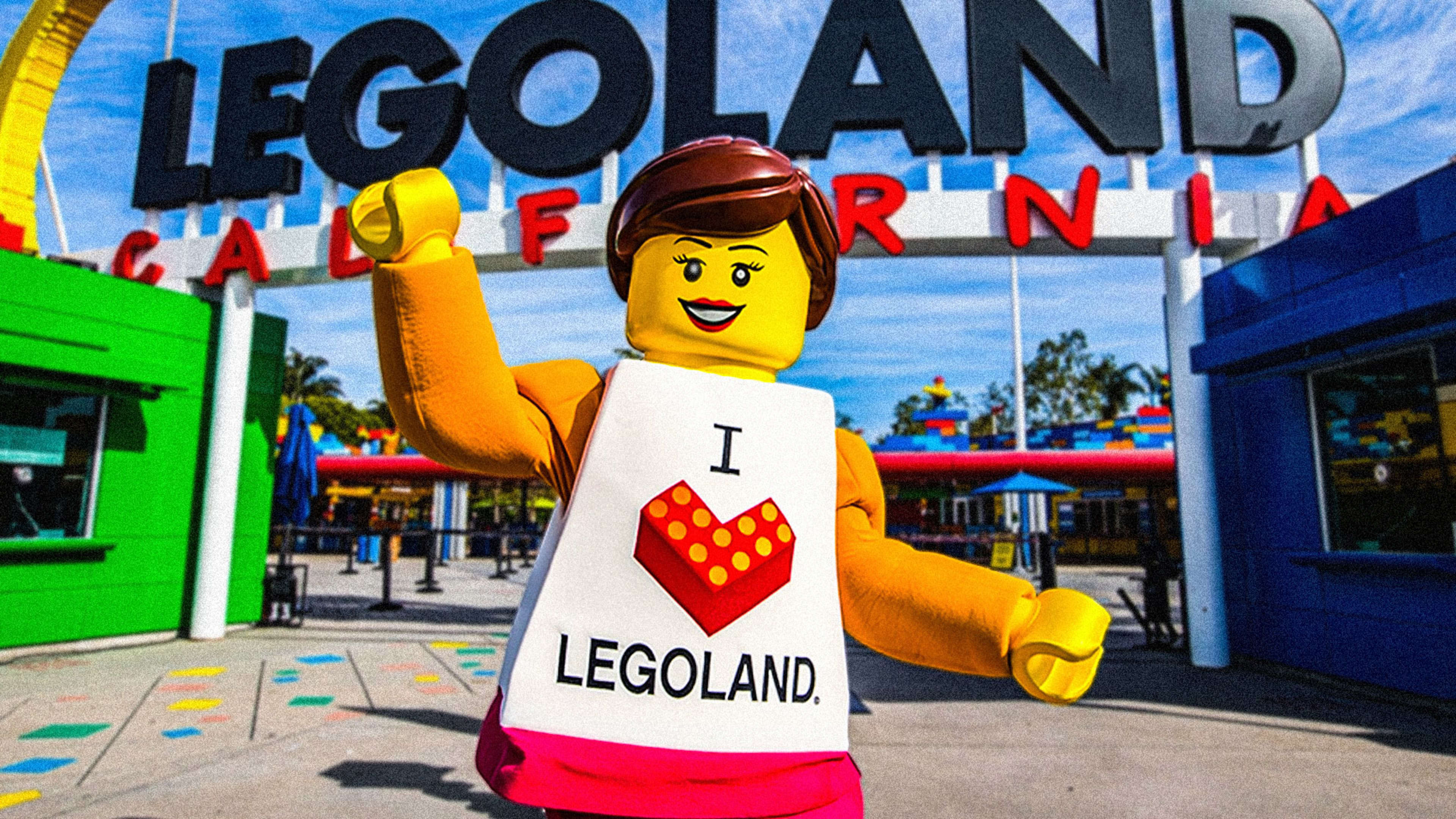Looking to save money while visiting Legoland? Consider going on a rainy day.
Merlin Entertainments, which owns the theme park, as well as Madame Tussauds and the London Eye ferris wheel, plans to charge customers higher prices on sunny peak-season days.
The dynamic pricing model will go into effect by the end of the year for the company’s Top 20 global attractions. U.S. visitors will see it roll out next year, the company tells the Financial Times. (Merlin Entertainments did not immediately respond to Fast Company’s request for comment.)
Making a move to a dynamic/surge pricing model is bound to upset some customers, but Merlin is hardly the first theme park operators to embrace it. Disney, for years, has had several pricing tiers for its theme parks, raising prices during busy seasons, such as the holidays.
The phrase “surge pricing” has become a third rail for many companies, though. Consumers liken it to ride-share companies, which have historically raised prices with no warning, often catching riders unaware. (The practice also often resulted in fees more than doubling.)
No company is more aware of this than Wendy’s, which is still recovering from the backlash when it was erroneously accused of embracing surge pricing after it announced plans to introduce dynamic pricing on some menu items, reducing prices at periods of low demand. The pushback from customers who feared the company would charge more during high-demand periods has led Wendy’s to delay any plans to implement dynamic pricing until at least 2025.
For theme parks, dynamic pricing is often a way to keep crowd levels tolerable—and customers have been largely accepting of it since they know well in advance what the price will be. Airlines and hotels also frequently adjust the prices consumers pay.
For Merlin, however, the move to a new pricing model also comes as the company looks to adjust for new customer behaviors. Families have not returned to its parks and attractions at the same level Disney and Universal Parks have seen since the start of the pandemic. (That hasn’t stopped Merlin from reporting record revenues of $2.65 billion in 2023, an 8% increase from the year prior.)
Determining exactly what the prices will be on which dates will, in part, be determined by machine learning, the company says, based on the history of visitations during that time of year.
“If [an attraction] is in the U.K., it’s August peak holiday season, sunny and a Saturday, you would expect to pay more than if it was a rainy Tuesday in March,” Merlin CEO Scott O’Neil told the Financial Times.
Legoland has 11 locations spread across the globe. Merlin also owns the Peppa Pig Theme Park, with two locations in the U.S., Sea Life (with 10 U.S. locations and 36 others around the world). All totaled, it has 141 theme parks and attractions. On Monday it announced it had acquired the Orlando Wheel at ICON Park, the tallest “observation wheel” in the Eastern half of the U.S.
The biggest question, of course, is the one that’s still unanswered: How much will the price difference be between the lowest price point and the highest? At Disney World, a one-day park pass ranges from $109 to $189 depending on the time of year. Universal Orlando will cost anywhere from $127 to $191 for a single day.
Right now, tickets to Legoland start at $119 in Florida and $129 in California (and 68 pounds in the U.K.).
Recognize your brand’s excellence by applying to this year’s Brands That Matter Awards before the early-rate deadline, May 3.
